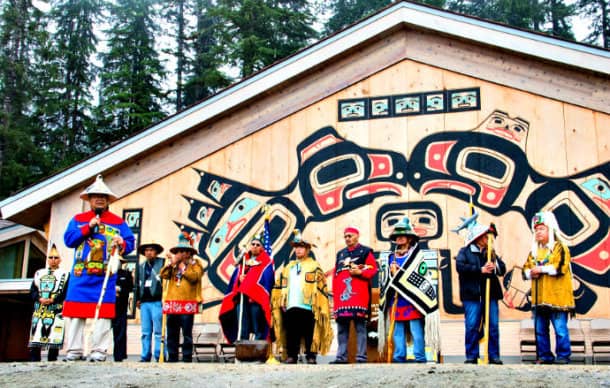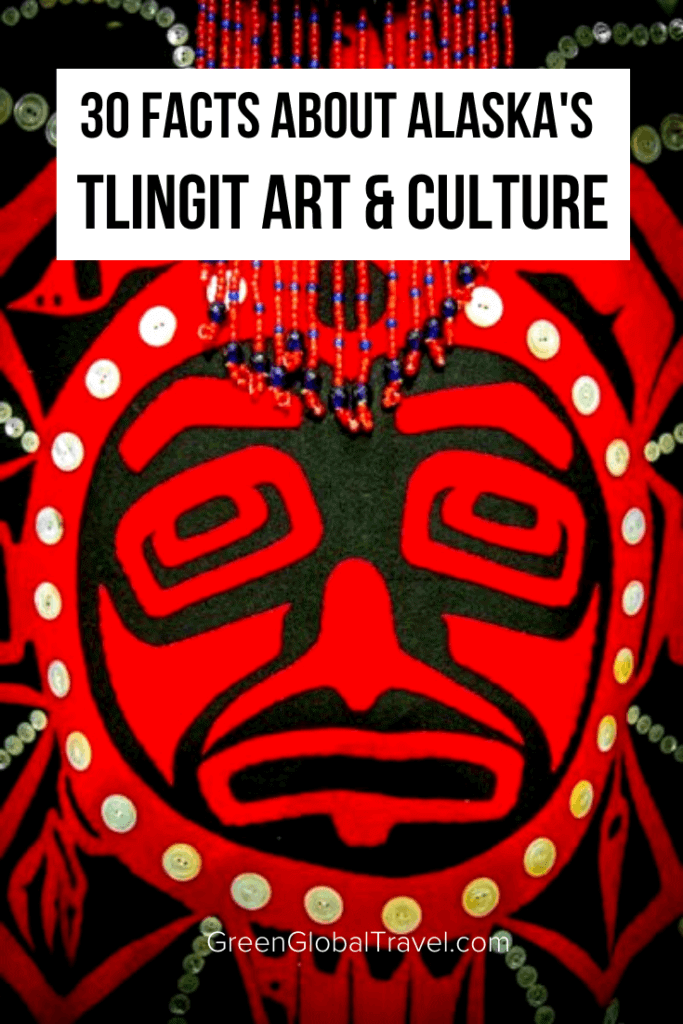The Rich Tapestry of Alaskan Native Tribes: Understanding Their Names and Cultural Significance
The Rich Tapestry of Alaskan Native Tribes: Understanding Their Names and Cultural Significance

Alaska, the vast and breathtaking land of towering mountains, shimmering glaciers, and endless wilderness, is also home to a diverse array of Indigenous cultures. These cultures, deeply intertwined with the land and its resources, have thrived for millennia, each with its own unique language, traditions, and stories. This article delves into the fascinating world of Alaskan Native tribe names, exploring their origins, meanings, and the cultural significance they hold.
A Land of Many Tribes:
Related Articles: The Rich Tapestry of Alaskan Native Tribes: Understanding Their Names and Cultural Significance
- Unleashing the Majestic Power: SoñAr Tortuga Grande – Embark on a Memorable Journey!
- Do You Need English in an Indian Reservation? Unraveling the Language Puzzle
- Discover Captivating First Thanksgiving Images: Relive the Historic Feast!
- Unravel the Enigmatic Munga: An Aboriginal Word Explored
- Legends of the Blackfoot Turtle Songhat Race: A Journey Through Native American History
Alaska is home to 229 federally recognized tribes, each with its own distinct identity and history. These tribes belong to 11 distinct cultural and linguistic groups, each with its own unique heritage and connection to the land. These groups include:
- Inupiat: Primarily inhabiting the northern and northwestern regions of Alaska, the Inupiat are known for their expertise in hunting marine mammals and their strong connection to the Arctic environment.
- Yup’ik: Found in southwestern Alaska, the Yup’ik are known for their skilled hunting and fishing practices, their intricate ivory carvings, and their vibrant cultural traditions.
- Alutiiq: Living along the southern coast of Alaska, the Alutiiq people are renowned for their mastery of seafaring, their sophisticated hunting and fishing techniques, and their intricate storytelling traditions.
- Tlingit: Residing in southeastern Alaska, the Tlingit are known for their impressive totem poles, their intricate basket weaving, and their strong social structure.
- Haida: Sharing the southernmost region of Alaska with the Tlingit, the Haida are known for their impressive art and their complex social system.
- Eyak: Once inhabiting the Copper River Delta region, the Eyak are sadly the only tribe in Alaska that has lost its language.
- Athabascan: This language family encompasses numerous tribes throughout interior Alaska, including the Dena’ina, Koyukon, and Tanana, each with its own distinct culture and traditions.
- Aleut: The Aleut people inhabit the Aleutian Islands, a chain of volcanic islands stretching westward from the Alaskan Peninsula. They are known for their seafaring skills, their unique language, and their rich cultural traditions.
- Unangan: Also known as the Aleut, the Unangan people are renowned for their intricate basket weaving, their skillful hunting and fishing practices, and their strong connection to the sea.
- Tsimshian: While primarily located in British Columbia, Canada, the Tsimshian people have a historical presence in southeastern Alaska.
- Chugach: The Chugach people are known for their skilled hunting and fishing practices, their intricate basket weaving, and their rich cultural traditions.


The Language of the Land:
The names of Alaskan Native tribes are often deeply rooted in the language and environment of their ancestral lands. These names frequently reflect the tribe’s relationship with the natural world, their unique customs, or their historical origins.
For instance, the name "Inupiat" itself signifies "the people," reflecting their self-identity and their strong connection to their land. The Yup’ik name, meaning "people of the river," speaks to their close relationship with the waterways that define their territory. The Alutiiq name, meaning "people of the sea," highlights their dependence on the ocean for sustenance and their mastery of seafaring.
The Meaning Behind the Names:

The names of Alaskan Native tribes often hold deeper meanings, reflecting their history, beliefs, and values.
- Tlingit: The Tlingit name signifies "people of the tide," referencing their proximity to the ocean and their reliance on its bounty.
- Haida: The Haida name means "people of the islands," reflecting their island home and their connection to the sea.
- Dena’ina: The Dena’ina name, meaning "people of the water," reflects their connection to the rivers and lakes that define their territory.
- Koyukon: The Koyukon name signifies "people of the lower river," referencing their location along the Yukon River.
- Tanana: The Tanana name, meaning "people of the river," highlights their connection to the Tanana River.
The Importance of Preserving Names:
The names of Alaskan Native tribes are not simply labels; they represent a rich cultural heritage and a deep connection to the land. Preserving these names is crucial for maintaining the identity and cultural continuity of these tribes.
The Impact of Colonization:
The arrival of European colonists in Alaska had a profound impact on the names of Native tribes. Many tribes were forced to adopt English names, often based on mispronunciations or misunderstandings of their traditional names. This practice erased the cultural significance of their original names and contributed to the erosion of their cultural identity.
The Rise of Self-Determination:
In recent years, there has been a growing movement among Alaskan Native tribes to reclaim their traditional names and reclaim their cultural heritage. This movement is driven by a desire to honor their ancestors, to promote cultural pride, and to ensure the survival of their languages and traditions.
The Power of Naming:
The names of Alaskan Native tribes are not just words; they are powerful symbols of identity, resilience, and cultural continuity. By understanding the meaning and significance of these names, we can gain a deeper appreciation for the rich and diverse cultures of Alaska’s Indigenous peoples.
FAQ about Native Tribes in Alaska Names
1. What are the most common names for Native tribes in Alaska?
The most common names for Native tribes in Alaska are those associated with the 11 distinct cultural and linguistic groups, such as Inupiat, Yup’ik, Alutiiq, Tlingit, Haida, Athabascan, Aleut, Unangan, Tsimshian, and Chugach.
2. How did Native tribes in Alaska get their names?
The names of Alaskan Native tribes are often rooted in their languages, environments, and cultural traditions. They frequently reflect the tribe’s relationship with the natural world, their unique customs, or their historical origins.
3. What is the significance of the names of Native tribes in Alaska?
The names of Alaskan Native tribes are not simply labels; they represent a rich cultural heritage and a deep connection to the land. They hold deeper meanings, reflecting their history, beliefs, and values.
4. How have the names of Native tribes in Alaska been affected by colonization?
The arrival of European colonists in Alaska had a profound impact on the names of Native tribes. Many tribes were forced to adopt English names, often based on mispronunciations or misunderstandings of their traditional names. This practice erased the cultural significance of their original names and contributed to the erosion of their cultural identity.
5. How are Native tribes in Alaska working to preserve their names?
In recent years, there has been a growing movement among Alaskan Native tribes to reclaim their traditional names and reclaim their cultural heritage. This movement is driven by a desire to honor their ancestors, to promote cultural pride, and to ensure the survival of their languages and traditions.
6. What can I do to support the preservation of Native Alaskan tribe names?
You can support the preservation of Native Alaskan tribe names by learning about their cultural significance, using their correct names, and advocating for their recognition and respect. You can also support organizations that are working to preserve Native Alaskan languages and cultures.
By understanding the history and significance of Alaskan Native tribe names, we can foster a deeper appreciation for the rich cultural tapestry of Alaska’s Indigenous peoples.

Closure
Thus, we hope this article has provided valuable insights into The Rich Tapestry of Alaskan Native Tribes: Understanding Their Names and Cultural Significance. We thank you for taking the time to read this article. See you in our next article!